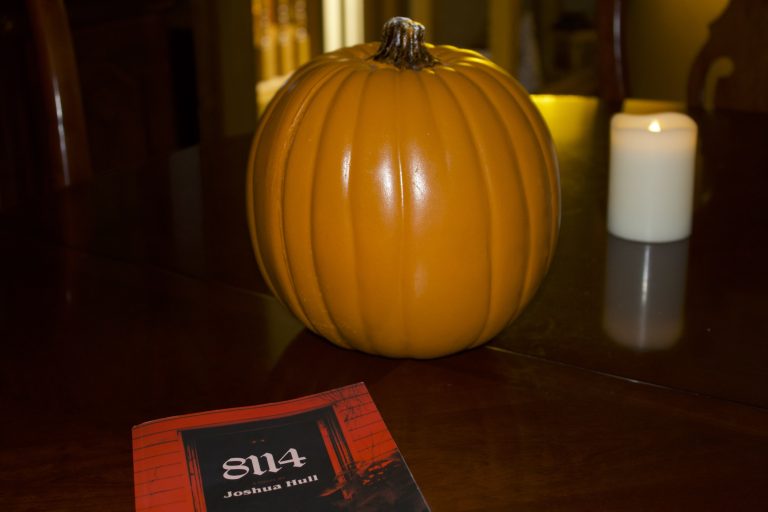A recent study published in July in the American Journal of Preventive Medicine co-authored by University of Indianapolis Professor of Psychology Aaron Kivisto found a link between firearm ownership and the risk of domestic homicide. Other co-authors included Lauren McGee, Bradley Ray and UIndy graduate Peter Phalen. Kivisto previously conducted research on both domestic violence and gun violence, but in this most recent study, the two subjects merge.
Krivisto said that he received a call from the New York Times shortly after its publication. The New York Times interview was conducted in a parking lot overlooking one of the few establishments in the rural West Virgina town: a large gun store. Other publications that have recently cited his work include Newsweek, The Independent and more.
According to Kivisto, the authors analyzed detailed Federal Bureau of Investigation homicide data from 1990 to 2016, which included the relationships between perpetrators and victims and the gender of the victims. Then compared it with gun ownership statistics to determine the relationship between the two.
Their analysis showed that a ten percent increase in gun ownership was linked to a 13 percent increase in the number of domestic homicides, which includes murders of an intimate partner or family member. According to Kivisto, the study did not find significant increase in other forms of homicide, such as homicide committed by a stranger or acquaintance.
“One of the fascinating things about gun violence is that it’s not evenly distributed,” Phalen said. “…We see very different patterns by social class and category…. It isn’t affecting all groups in one way. We wanted to look at how this epidemic of gun violence might be affecting people differently as a function of their relationship to their perpetrator.”
Kivisto said that this new study addresses a gap in the existing literature on the subject of gun violence.

“What research hadn’t done, to this point, in any real detail,” Kivisto said. “Was ask the question ‘Yes, where there are more guns, the risk of mortality increases, but is that distributed in the population fairly equally, or is it localized in a specific victim population?’”
According to Kivisto, it was more difficult to quantify gun ownership in each state. There is no system to accurately track all gun ownership, which makes it difficult to determine the amount of guns people own. Instead, researchers used a metric that Kivisto calls “sad but true” in order to determine gun ownership rates; they took the total number of suicides in each state divided by the number of suicides committed with firearms to get an accurate estimate of the percentage of households in each state with a firearm. They also used an algorithm that factored in the number of hunting licenses purchased in each state by the U.S. Fish & Wildlife Service to make the percentages even more accurate. The researchers were then able to determine the relationship between gun ownership and domestic homicide.
The study found that domestic homicide by firearm affected one group significantly more than any other. According to Phalen, while women are overall much less likely to die from gun violence than men, women who die from gun violence are more likely to die at the hands of an intimate partner.
“In cases where there’s documented domestic violence and a firearm in the home,” Kivisto said. “The odds of the woman eventually being killed are five times greater than cases in which there’s no domestic firearm.”
Gun owners must be aware of the increased risk associated with owning firearms, according to Krivisto
“One implication of this research is that there are also risks associated with a gun in your home, for the people that you care about,” Kivisto said. “When they’re too close, too available, and things get heated, there is a danger.”







